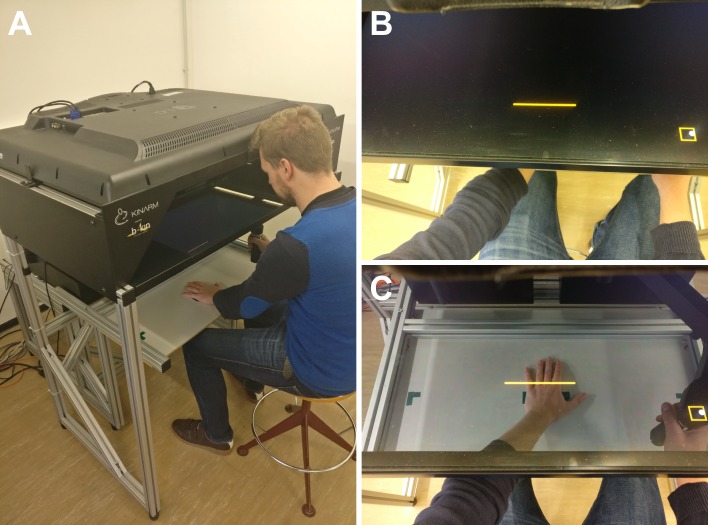Fig 1. Picture of the KINARM robotic device.
(A) The KINARM is a robotic laboratory device designed to study visuo-motor coordination and is made of two systems. First, the robotic section made of two graspable handles allows encoding various movement-related parameters such as trajectory and positions. Second, just above the robotic section, the virtual reality system is made of a horizontal semi-reflective mirrored screen. This device allows combining direct observation of the robotic section and reflection of visual stimuli projected from a monitor at the top of the device. It also allows creating a virtual reality environment in which visual stimuli are perceived as occurring in the same space of the limb. (B) The direct vision of the hand can be occluded through the semi-reflective screen by closing two sliding shutters. Once closed, only visual stimuli and the reach-to-point cursor can be seen. (C) While open, the hands as well as the experimental setting are visible through the screen. The person in the photograph is a member of the laboratory who served as a witness to illustrate the experimental setup and gave his consent to publish this picture.

